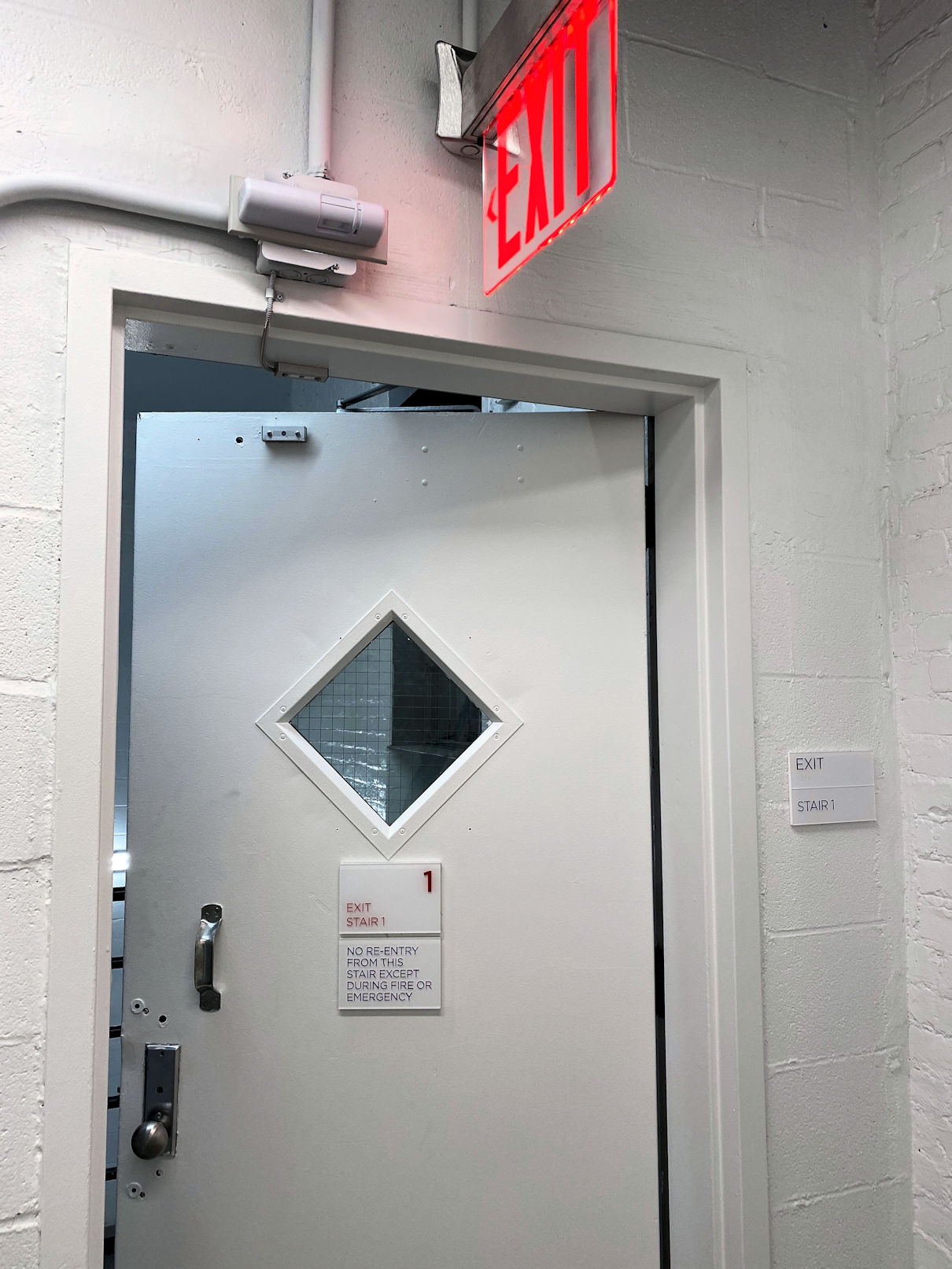
This is one of the most egregious examples of an open fire door that I’ve seen. Click on the photo to see what’s preventing the door from closing. Photo credit: Leo Lebovitz of M&D Door & Hardware
In January of this year, a devastating fire occurred in a Bronx multifamily residential building; the fire began in an apartment, when a space heater ignited bedding. Fire resistant walls surrounding each apartment and fire door assemblies acting as opening protectives are designed to help contain a fire to the apartment of fire origin. At least two fire doors were left open during the fire at Twin Parks Northwest, and smoke spread throughout the high rise building via a stairwell, blocking the means of egress. Seventeen people were killed, including eight children.
This fire and many past fires in apartment buildings and other structures have demonstrated the importance of code-compliant fire door assemblies that are closed and latched when a fire occurs. Yet one of the most common deficiencies found during annual fire door inspections continues to be related to the door’s ability to close properly. Either doors are propped open with wedges or other devices, closers or spring hinges are damaged or not functioning correctly, or another issue prevents the door from closing. If a fire door is standing open during a fire, it can not provide the protection needed to compartmentalize the building and protect the means of egress.
NFPA 80 divides the operation of swinging fire doors into three categories:
- Self-closing doors – These doors close and latch each time they are opened; door closers on self-closing doors do not have hold-open mechanisms. Labeled spring hinges may also be used on a fire door assembly, but they do not provide as much control as a door closer.
- Automatic-closing doors – When a fire door is held open, it must close automatically when a fire occurs. The products used for this purpose are either wall- or floor-mounted magnetic holders (with a separate door closer), or electrified closer/holder units that receive a signal from the fire alarm system or have integral smoke detectors.
- Power-operated fire doors – Automatic operators may be installed on fire doors, as long as the operator is labeled for use as a component of a fire door assembly. NFPA 80 requires power operators on fire doors to be automatically disconnected when a fire occurs, allowing the door to become self-closing.
One way to help improve the condition and performance of existing fire doors is to perform the fire door assembly inspections that are currently required by the model codes and the referenced standards. Any deficiencies noted during the inspection must be repaired “without delay”…this is often interpreted to mean within 60 days. This Decoded article discusses the Bronx fire and other apartment fires, and how fire door assembly inspections may have helped.
Have you read about how the first door closer was invented by Lewis C. Norton when he worked at Boston’s Trinity Church? A while back, I found an old reprint of the story from 1937, and I posted it on iDigHardware. To learn more about door closers, refer to this Back-2-Basics article or check out this whiteboard animation video. You can find more information about LCN products on the new LCN website: LCNclosers.com.
Check back tomorrow for more about fire doors, and follow along on Allegion US for social updates and resources:
You need to login or register to bookmark/favorite this content.





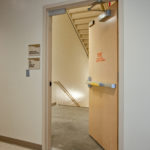
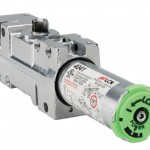
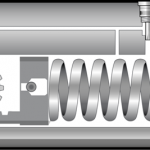
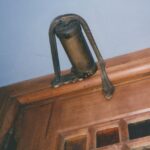




Leave A Comment